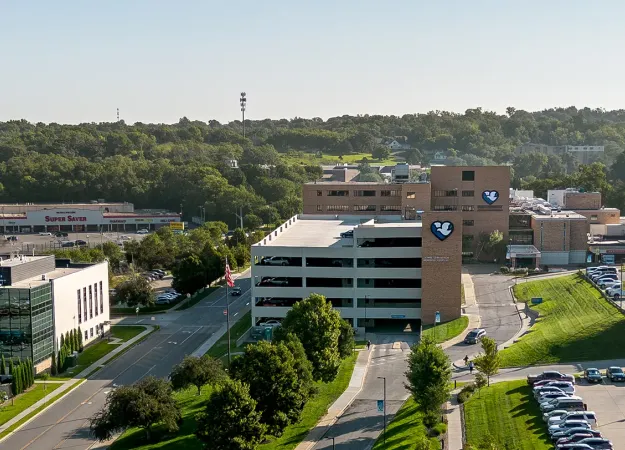





Surgery
Find a Provider
Why Methodist?
More patients choose to have surgery at Methodist than any other health system in the region. Our team of board-certified surgeons is committed to delivering outstanding outcomes by offering some of the most innovative surgical technology available. Our surgical suites are designed for the highest level of comfort and safety, and we offer a wide variety of minimally invasive techniques designed to minimize pain and promote quicker recoveries.
Preparing for Surgery
As you prepare for surgery, it is important that you follow all pre-operative instructions provided by your doctor, as well as the general information found in the Guide to Having Surgery at Methodist Health System (linked below). Your surgery may be postponed if these guidelines are not followed. If you have additional questions regarding your procedure, please call your surgeon’s office.

Comprehensive Care for All Your Surgical Needs
- Bariatric Surgery
- Blood Conservation Program
- Cardiac Surgery
- Cardiothoracic Surgery
- Colon and Rectal Surgery
- Gastroenterology (Available through Midwest Gastrointestinal Associates PC)
- Gynecological Surgery
- Head and Neck Surgery
- Lung and Pulmonary Surgery
- Minimally Invasive Surgery
- Neurosurgery
- Pediatric Surgery (Available at Methodist Jennie Edmundson Hospital)
- Plastic and Reconstructive Surgery
- Surgical Oncology
Surgical Services Are Offered at These Locations:

Awards and Accreditations

Society of Thoracic Surgeons Recognition

PRC Excellence in Healthcare Award Winner




